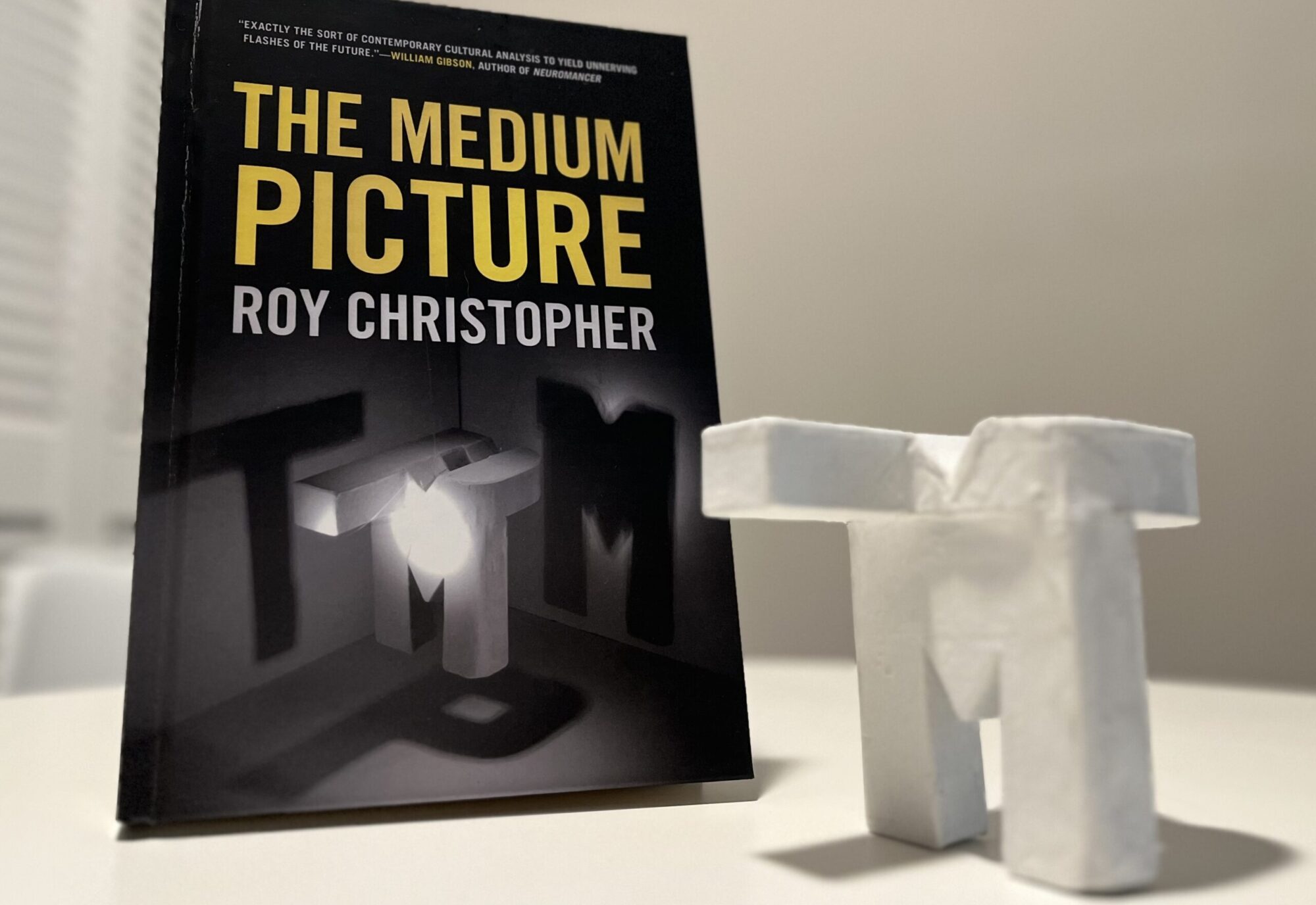In 1997, I wrote a piece about turntablism for Born Magazine called “Band of the Hand.” Years later, I wrote a related piece for Milemarker‘s now defunct Media Reader magazine, called “war@33.3: The Postmodern Turn in the Commodification of Music.” I’ve been revisiting, remixing, and revising these previous thesis pieces ever since. I eventually combined the two and posted them here, but I’ve also written other things that spin off from their shared trajectories.
 This week, I am proud to be guest-tweeting for Mark America’s remixthebook (Univeristy of Minnesota Press, 2011). In addition, I posted a piece on the remixthebook site. remixthebook and its attendant activities situate the mash-up as a defining cultural activity in the digital age. With that in mind, I tried to go back to the writings above and update them using pieces of relevant things I’ve written since. If you will, my post is a metamix of thoughts and things I’ve written about remix in the past decade and a half or so, pieces which also represent material from my other book-in-progress, Hip-hop Theory: The Blueprint to 21st Century Culture. It’s a sample-heavy essay that aims to illustrate the point.
This week, I am proud to be guest-tweeting for Mark America’s remixthebook (Univeristy of Minnesota Press, 2011). In addition, I posted a piece on the remixthebook site. remixthebook and its attendant activities situate the mash-up as a defining cultural activity in the digital age. With that in mind, I tried to go back to the writings above and update them using pieces of relevant things I’ve written since. If you will, my post is a metamix of thoughts and things I’ve written about remix in the past decade and a half or so, pieces which also represent material from my other book-in-progress, Hip-hop Theory: The Blueprint to 21st Century Culture. It’s a sample-heavy essay that aims to illustrate the point.
Here are a few excerpts:
Culture as meaning-making requires participation. In addition to the communication processes of encoding and decoding, we now participate in recoding culture. Using allusions in our conversation, writing, and other practices engages us in culture creation as well as consumption. The sampling and remixing practices of Hip-hop exemplify this idea more explicitly than any other activity. Chambers wrote, “In readily accessed electronic archives, in the magnetic memory banks of records, films, tapes and videos, different cultures can be revisited, re-vived, re-cycled, re-presented” (p. 193). Current culture is a mix of media and speech, alluded to, appropriated from, and mixed with archival artifacts and acts.
…
We use numerous allusions to pop culture texts in everyday discourse, what Roth-Gordon calls “conversational sampling.” Allusions, even as direct samples or quotations, create new meanings. Each form is a variation of the one that came before. Lidchi wrote, “Viewing objects as palimpsests of meaning allows one to incorporate a rich and complex social history into the contemporary analysis of the object.” It is through use that we come to know them. Technology is not likely to slow its expanse into every aspect of our lives and culture, and with it, the reconfiguration of cultural artifacts is also not likely to stem. Allusions – in the many forms discussed above and many more yet to come – are going to become a larger and larger part of our cultural vocabulary. Seeing them as such is the first step in understanding where we are headed.
…
Rasmussen wrote, “there is no ‘correct’ way to categorise [sic] the increasing diversity of communication modes inscribed by the media technologies. Categories depend on the nature of the cultural phenomena one wants to investigate.” Quotation, appropriation, reference, and remix comprise twenty first century culture. From our technology and media to our clothes and conversations, ours is now a culture of allusion. As Schwartz so poetically put it: “Whatever artists do, they are held in the loose but loving embrace of artists past.” Would that it were so.
Many thanks to Mark America and Kerry Doran for the opportunity and to everyone else for joining in on the fun. Here’s the trailer for the project [runtime: 1:21]:

